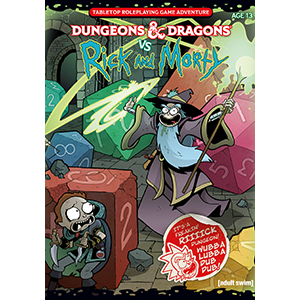There are a variety of special Chess pieces accessible on a get on that a pastime of Chess is often acted out with. Each of those pieces has a really strict set of rules which must be followed when using them and it’s through the manipulation of those pieces that a victory is going to be won by one side or the opposite. People are Knowing everything about the pieces will only help a player in gaining that victory, giving them a foothold when it involves thoroughly understanding all of the numerous strengths and weaknesses of every one of the pieces available.

The King is that the most vital piece on a Chessboard. it’s roughly this figure that this complete game circle The King is one among the weaker Chess pieces on the board, with the power to manoeuvre just one square at a time in any direction, except Castling. It can never inherit danger from the other piece and if it’s placed into an edge where danger may ensue, the King must either be moved to safety, the piece placing the King in peril must be captured, or something must be moved, blocking the trail of d&d names generators .
The Queen, on the other hand, is that the most powerful piece available on the board. it’s going to move as many spaces as is feasible either horizontally, vertically, or diagonally. The sole limitations positioned upon it are those of the Knight’s schedule in an irregular outline or jumping over other pieces. With this vast power of the Queen, it’s often a priority for players to get rid of another player’s Queen from the sport, because the endgame is often notoriously difficult to win with one or more Queens live.
How can people handle this game?
Bishops are allowed to plot as many spaces as they want, but only ever during a diagonal position. Due to this, Bishops have their limits as they are going to always rest in an open place of an equivalent colour on which they began the sport. Their range, however, often proves to be an asset. Knights have the foremost unusual movement requirements out of any chessman. They are restricted to manoeuvre either two spaces perpendicularly and one horizontally, or one space vertically and two spaces horizontally, making their finished move appear as if an L. This unique movement outline is both a plus and an impediment for a player because it allows exclusive striking patterns that can’t always be avoided, but it also should provide more problems when it involves making a retreat.
Rooks move as many spaces as is feasible in either a horizontal or vertical direction. They are generally considered to be stronger pieces than Bishops or Knights, placing them just lower in power than the Queen. Rooks is one among the foremost advantageous pieces to carry in an endgame, often helping to quickly cause a victory. Pawns, on the opposite hand, are the weakest pieces of the sport. They will only move frontward one freedom at a time, with the omission of their first budge, and that they should only imprison diagonally. The advantage about Pawns, however, is if a player can make one reach the opposite side of the board, the Pawn could also be promoted into another piece of greater value, making them dangerous, the closer they get to the opposite side. With this basic knowledge, Chess can become a greater game of long-term planning and execution.



